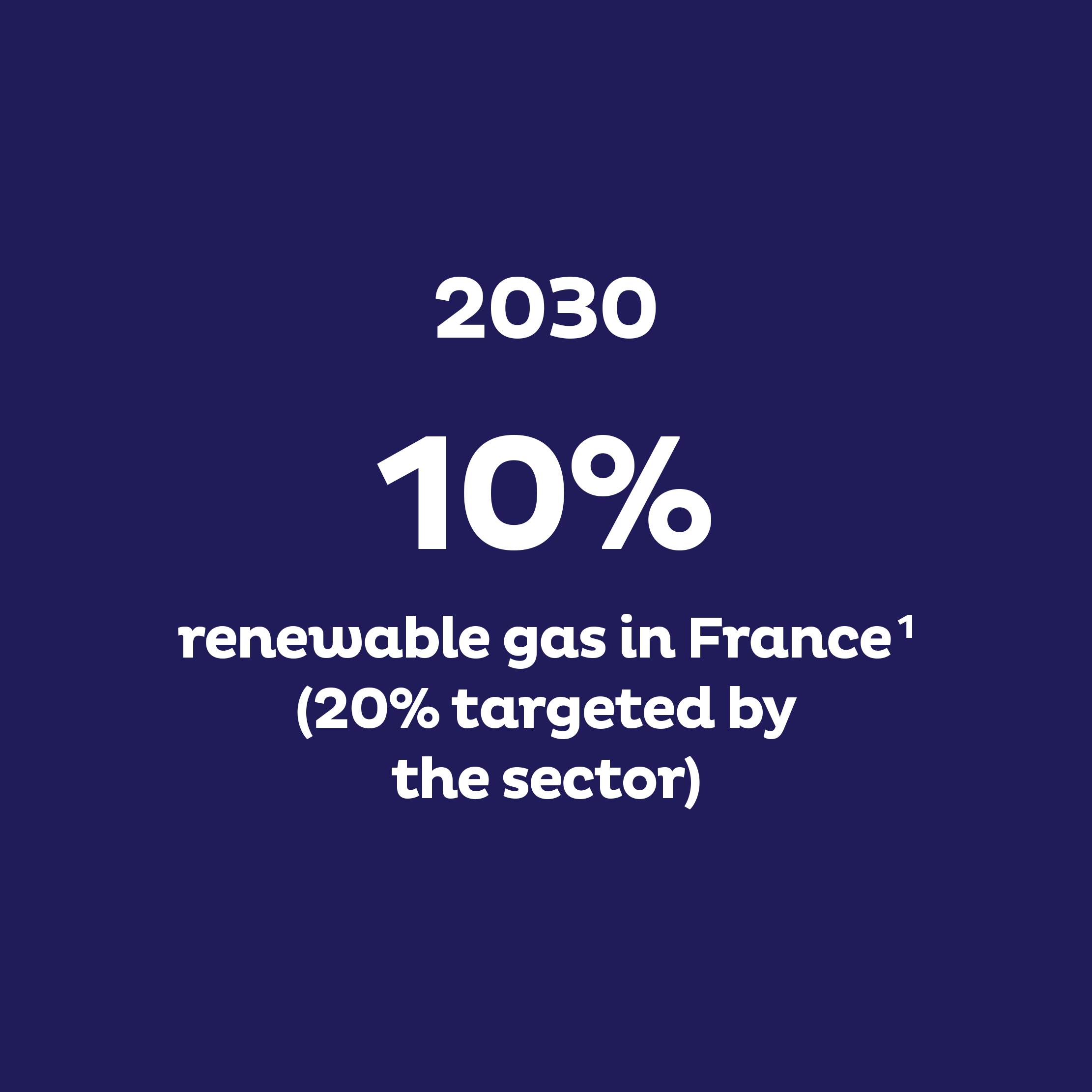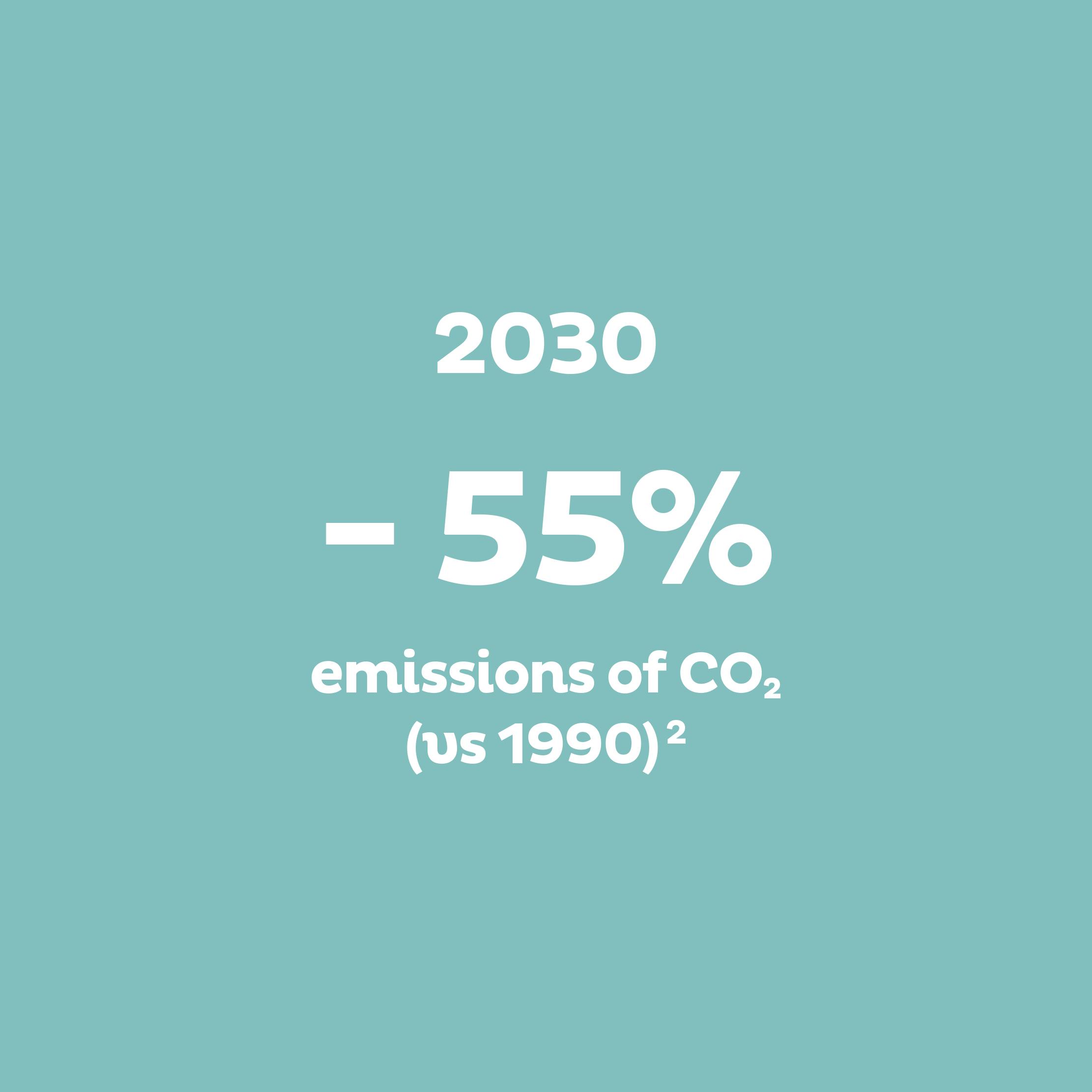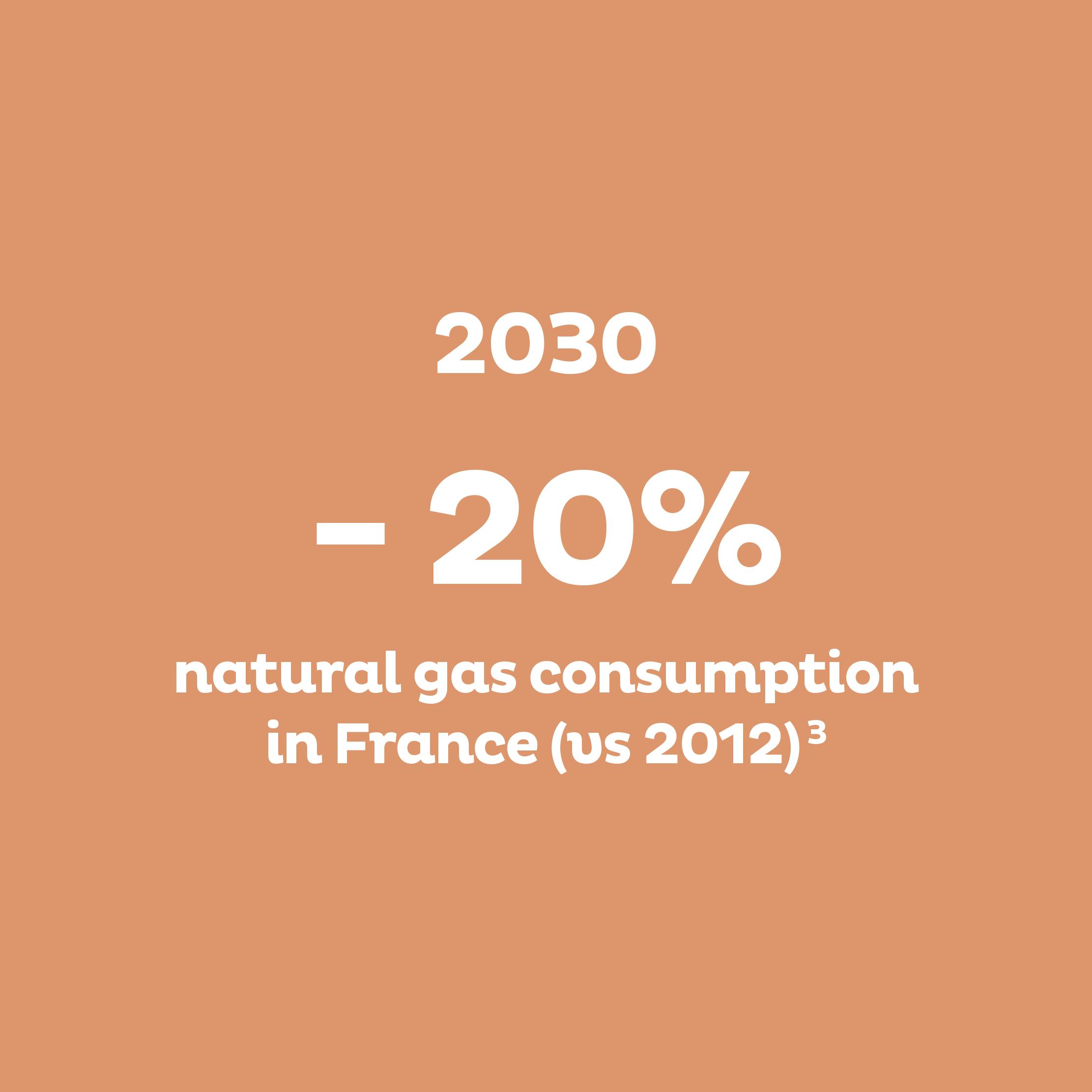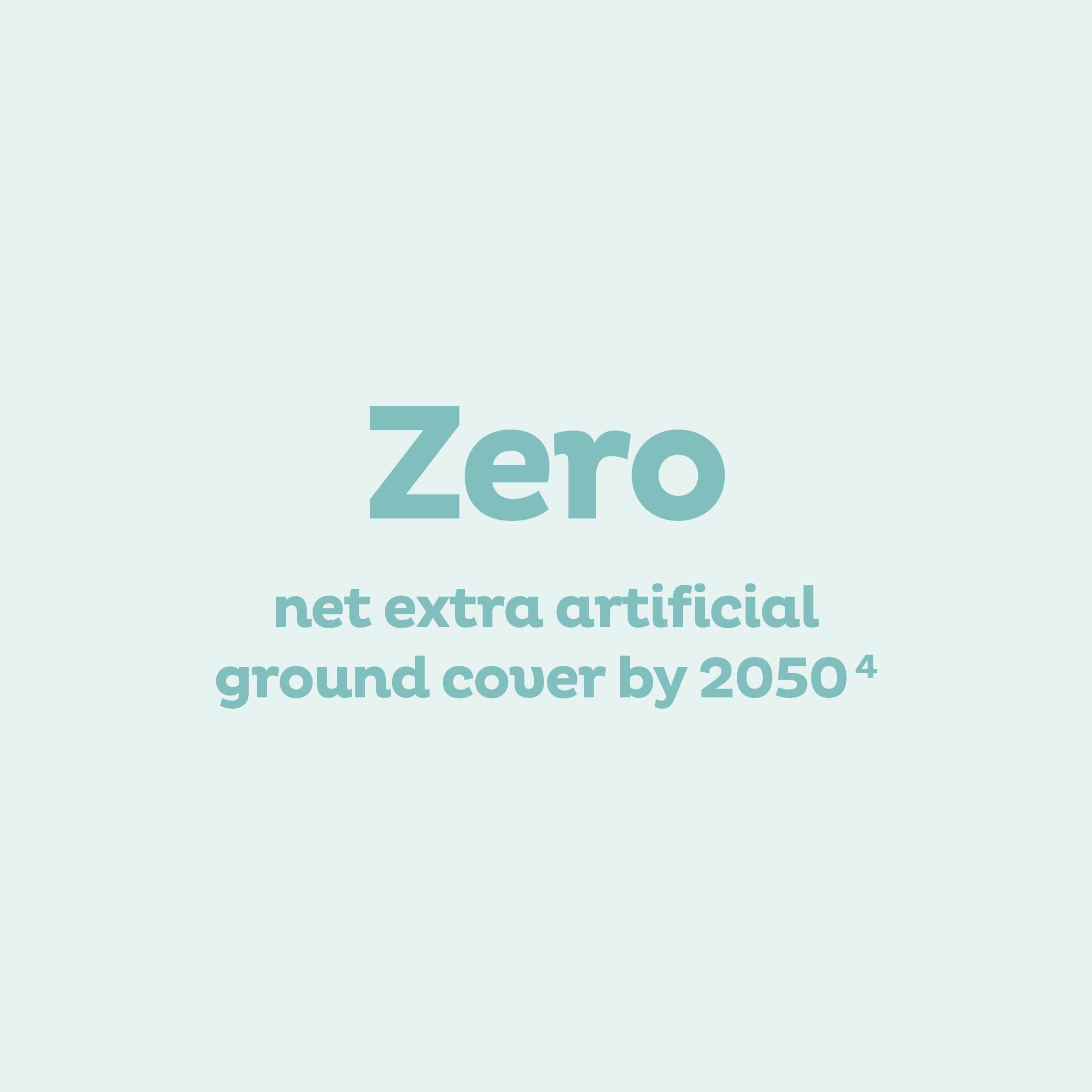GRTgaz has identified four macro-trends that have a medium- and long-term influence on its activities. As they are interdependent, GRTgaz responds to these four challenges globally through its transformation strategy, its CSR policy, its dialogue with stakeholders and its business model. In this way, each trend is also a source of opportunities and GRTgaz is adapting to deliver sustainable solutions to the resulting challenges for society.
PERFORMANCE AND RESILIENCE OF THE ENERGY SYSTEM

1 Source: National low-carbon strategy 2020.
OPPORTUNITIES
- Power and storage capacity of the gas network
- Energy solidarity between regions thanks to the gas network
- Adaptability of infrastructure to accept renewable and low-carbon gases, including hydrogen
- Energy continuity and complementarity to support the French electricity grid
RISKS
- Conflicting requirements of long-term public political goals and short-term decisions in response to crises
- Inadequate space for renewable and low-carbon gases in public policies
- Insufficient pace of growth in renewable gas in relation to the climate emergency
UNCERTAINTY OF ENERGY CHOICES FOR ENERGY DECARBONISATION

2 Source: Fit for 55.
OPPORTUNITIES
- Support for sectors and regions in decarbonisation efforts and new business models, bolstered by renewable gas
- Medium-term development of a European hydrogen infrastructure
- Need for CO₂ infrastructure to capture, store and use CO₂
RISKS
- Underestimates of the relevance of renewable gas solutions for decarbonisation to supplement electricity
- Inadequate pace of development of renewable gas relative to needs and demand
- Excessively high renewable gas and hydrogen prices
- Controversy about the availability of biomass and waste, disqualifying renewable gas solutions
ENERGY SOBRIETY

3 New EU target of –30%.
OPPORTUNITIES
- Acceleration of renewable energy
- Strengthening of our role as the control tower for the gas system, supporting stakeholders in energy sobriety
- Positive externalities of renewable gas beyond energy: agroecology and support for farming, waste management and the circular economy, jobs and socioeconomic benefits in the regions…
RISKS
- Intensified deindustrialisation if the renewable gas and hydrogen offer is inadequate
- Long-term high prices
- Affordability of the tariff if volumes are too low
SOCIAL ACCEPTABILITY

4 Source: National biodiversity plan.
OPPORTUNITIES
- Energy sovereignty
- Positive externalities: local production of renewable gas, local employment, agroecology, etc.
RISKS
- Legal opposition to projects
- Slowing of projects and increasing fragility of the energy system
- Control over the cost of projects
